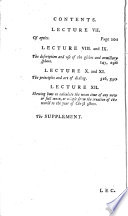 | James Ferguson - Astronomy - 1776 - 546 pages
...through in a fecond, when the water afts upon them fo, as to have the greateft power to turn the mill. 4. Divide the circumference of the wheel in feet by the velocity of its floats in feet per fecond, and the quotient fhall be the number of feconds in which the wheel turns round.... | |
 | John Imison - 1796 - 476 pages
...thro' in a fecond, when the water afts upon them fo as to have the greatcft power to turn the mill. IV. Divide the circumference of the wheel in feet by the velocity of its floats in feet per fecond, and the quotient fhall be the number of feconds in which the wheel turns round.... | |
 | Andrew Mackay - Astronomy - 1804 - 354 pages
...through in a second, when the water acts upon them so as to have the greatest power to turn the mill. IV. Divide the circumference of the wheel, in feet, by the velocity of its floats, in feet, per second, and thç quotient shall be the number of seconds in which the wheel turns round.... | |
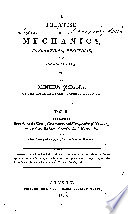 | Olinthus Gregory - Mechanical engineering - 1806 - 590 pages
...of feet the water moves per fecond. 3. Divide the velocity of the water by 3 ; and the quotient will be the velocity of the floats of the wheel in feet per fecond. 4. Divide the circumference of the wheel in feet, by the velocity of its floats; and the quotient... | |
 | William Marrat - Mechanics - 1810 - 512 pages
...through in a second, when the water acts upon them, so as to have the greatest power to turn the mill. 4. Divide the circumference of the wheel in feet, by. the velocity of its floats in feet per second, and the quotient will be the number of seconds in which the wheel turns round.... | |
 | Olinthus Gregory - Mechanical engineering - 1815 - 582 pages
...of feet the water moves per second. 3. Divide the velocity of the water by S ; and the quotient will be the velocity of the floats of the wheel in feet...one turn or revolution of the great water-wheel, on the axis of which is fixed the cog-wheel that turns the trundle. 51. Divide 60 by the number of seconds... | |
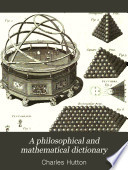 | Charles Hutton - Astronomy - 1815 - 686 pages
...the water moves pelsecond. 3. Divide the velocity of the water by 3 (or 2) ; and the quotient will be the velocity of the floats of the wheel in feet...one turn or revolution of the great waterwheel, on the axis of which is fixed the cog-wheel that turns the trundle. 5. Divide 60 by the number of seconds... | |
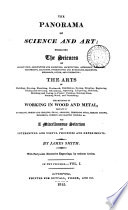 | James Smith - Industrial arts - 1815 - 684 pages
...through in a second, when the water acts upon them so as to have the greatest power to turn the mill. 4. Divide the circumference of the wheel in feet by the velocity of its floats in feet per second, and the quotient will be the number of seconds in which the wheel turns round.... | |
 | Encyclopedias and dictionaries - 1816 - 762 pages
...it mixes with the meal, and cannot be feparated from it by any means. The circumference of the wheel by the velocity of its floats, and the quotient will be the number of feconds in one turn of the great water wheel, on whofe axis the cog-wheel that turns the trundle is... | |
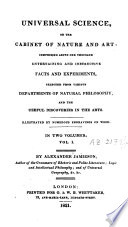 | Alexander Jamieson - Natural history - 1821 - 448 pages
...through in a second, when the water acts upon them so as to have the greatest power to turn the mill. Divide the circumference of the wheel in feet by the velocity of its floats in feet per second, and the quotient will be the number of seconds in which the wheel turns round.... | |
| |